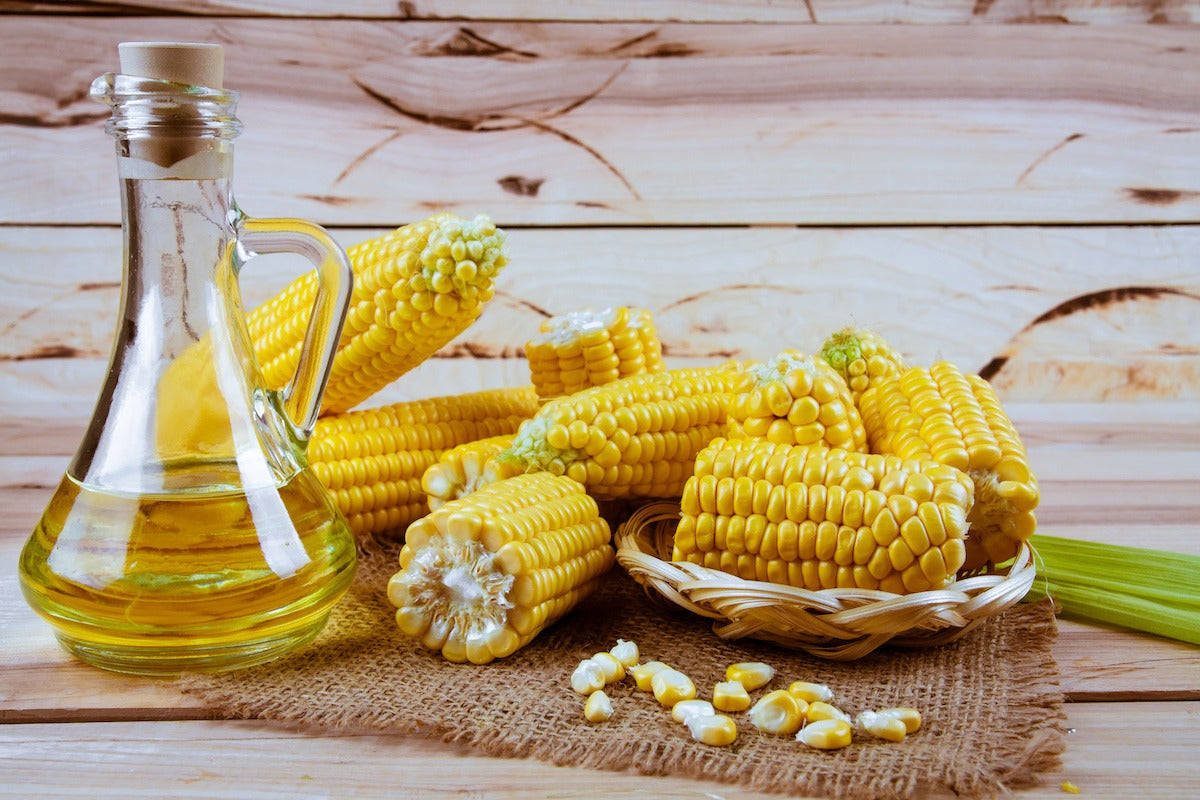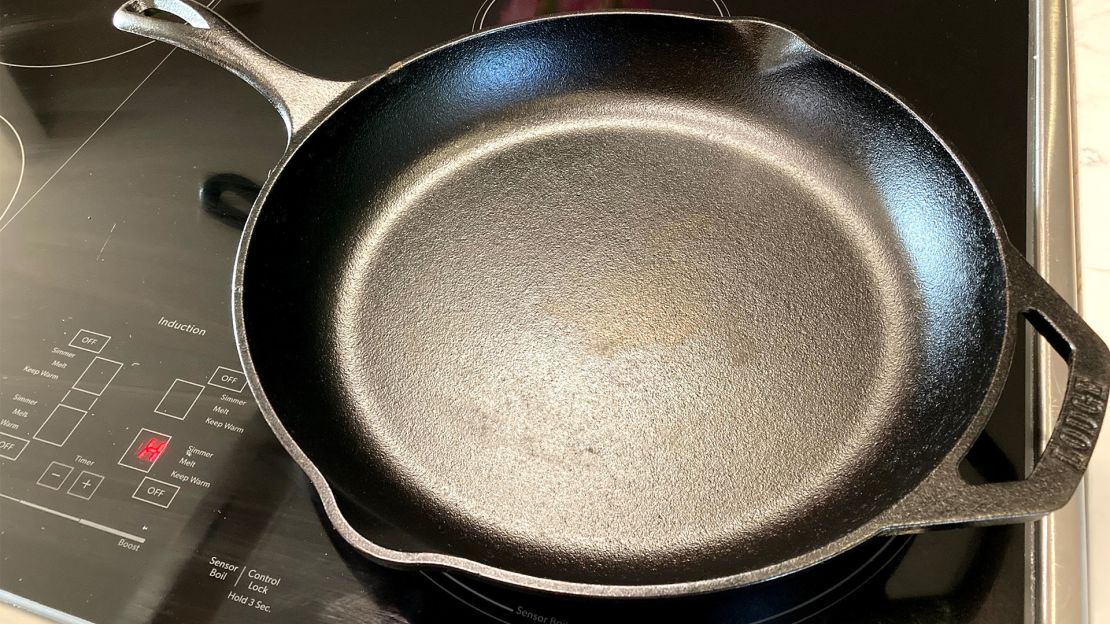Cleaning a kitchen sink may seem like a basic task, but the truth is, it's a crucial part of maintaining a hygienic and welcoming kitchen. An unclean sink can harbor bacteria and bad odors, making your culinary space less appealing. That's why knowing how to clean a kitchen sink efficiently is essential. Whether your sink is stainless steel, porcelain, or composite, following the right steps will ensure it stays spotless and germ-free. In this comprehensive guide, we'll walk you through a step-by-step process to achieve a sparkling clean sink.
Before diving into how to clean a kitchen sink, let's understand why it's important. A dirty sink isn't just unpleasant to look at; it can also be a breeding ground for bacteria. Food particles and grime build-up can lead to foul odors and even attract pests.

The Risks of a Dirty Kitchen Sink
From cross-contamination in food preparation to attracting insects, the risks associated with an unclean sink are plenty. Food particles left in the sink can decompose and release odors, while a damp environment provides the perfect conditions for bacteria to thrive. Regularly cleaning your sink can prevent these issues and ensure a healthier kitchen environment.

Different Types of Kitchen Sinks and Their Cleaning Needs
Every type of sink material requires a different cleaning approach. Let's look at some common types and the best ways to clean them:
Stainless Steel Sinks
Stainless steel sinks are popular for their durability and sleek appearance. However, they can easily show water spots and fingerprints. To keep them shining, you'll need to use specific methods tailored for stainless steel.
Porcelain Sinks
Porcelain sinks are known for their classic look, but they can be prone to staining and chipping. Cleaning them involves gentle scrubbers and non-abrasive cleaners to maintain their beauty.
Composite Sinks
Composite sinks are made from a blend of materials, usually granite or quartz combined with resin. They're resilient but still require proper upkeep to avoid dullness and stains.

Essential Cleaning Supplies
Before we dive into the cleaning process, gather the essential supplies. This includes:
- Soft cloth or sponge
- Baking soda
- White vinegar
- Dish soap
- Lemon or lime
- Old toothbrush
- Microfiber cloth

Step-by-Step Guide on How to Clean a Kitchen Sink
1. Clear the Sink
Start by removing all dishes, food particles, and debris from the sink. Ensure it's completely empty before you begin the cleaning process.
2. Rinse Thoroughly
Give your sink a good rinse with hot water. This helps to remove loose dirt and warm up the sink surface, making cleaning more effective.
3. Apply Baking Soda
Sprinkle baking soda all over the sink's surfaces, including the basin, sides, and around the drain. Baking soda is a mild abrasive and helps to lift stains without scratching the sink.
4. Scrub Gently
Using a soft cloth or sponge, scrub the baking soda into the sink in circular motions. Pay special attention to any stained or grimy areas. Baking soda's abrasive nature will help remove stains without causing damage.
5. Use Vinegar for Tough Stains
If you have tough stains or build-up, apply white vinegar to a cloth and wipe them down. The combination of vinegar and baking soda will fizz and help break down stubborn grime.
6. Clean the Faucet and Handles
Don't forget to clean the faucet and handles. Use a mixture of dish soap and water to wipe them down, and use an old toothbrush to clean around the base of the faucet and any other hard-to-reach areas.
7. Rinse Again
Rinse the entire sink thoroughly with hot water to wash away any remaining baking soda and vinegar.
8. Dry the Sink
Use a microfiber cloth to dry the sink completely. This helps to prevent water spots and gives your sink a polished appearance.
Dealing with Stubborn Stains
Sometimes, despite your best efforts, you may encounter stubborn stains. Here's how to tackle them:
Removing Rust Stains
Rust stains can be particularly challenging. Use a paste made of baking soda and water, apply it to the stain, and let it sit for a few hours. Then scrub it away with a soft cloth.
Tackling Hard Water Stains
Hard water stains can leave unsightly marks on your sink. Soak a cloth in white vinegar and place it over the stains for a few hours. The vinegar will break down the mineral deposits, making them easier to wipe away.
Natural Cleaning Alternatives
If you prefer eco-friendly cleaning methods, there are natural alternatives that are just as effective:
Using Lemons
Lemons are not just for lemonade. Cut a lemon in half and use it to scrub your sink. The citric acid in lemons helps to break down grime and leaves your sink smelling fresh.
Baking Soda and Vinegar Combo
A mixture of baking soda and vinegar is great for cleaning and deodorizing. Sprinkle baking soda in the sink, then spray vinegar over it. Let it fizz, then scrub and rinse.
Preventing Future Build-Up
Preventing build-up is easier than dealing with stubborn stains. Here are some tips:
Rinse After Use
Rinse your sink with hot water after each use to prevent food particles and soap scum from hardening.
Keep Baking Soda Handy
Periodically sprinkle baking soda in your sink and scrub it with a sponge to keep it clean and fresh.
Professional Cleaning Techniques
For a deeper clean, you might consider professional cleaning techniques. Here are a couple of options:
Steam Cleaning
Steam cleaners are a great investment for maintaining a clean kitchen. They use high-temperature steam to break down grease and grime without chemicals.
Commercial Cleaners
There are many commercial cleaning products designed specifically for kitchen sinks. Ensure they are safe for your sink material before use.
Maintaining a Clean Drain
A dirty drain can negate all your cleaning efforts. Here's how to keep it clean:
Regular Flushing
Pour boiling water down the drain regularly to prevent clogs and bad odors.
Using Baking Soda and Vinegar
Once a week, pour a mixture of baking soda and vinegar down the drain to break down build-up and keep it smelling fresh.
FAQ Section
How often should I clean my kitchen sink?
You should clean your kitchen sink thoroughly at least once a week, and give it a quick rinse after each use.
Can I use bleach to clean my sink?
While bleach is effective, it can be harsh on certain sink materials. Always check the manufacturer's recommendations.
What's the best way to remove bad smells from the sink?
Regular cleaning with baking soda and vinegar can help. Placing a lemon peel in the garbage disposal also works wonders.
Conclusion
Knowing how to clean a kitchen sink effectively is a life-changing skill that ensures your kitchen remains sanitary and inviting. From using natural cleaners to professional techniques, there's a method for everyone. By following these unmissable steps and tips, you'll be delighted with a sparkling clean sink that's ready for all your culinary adventures.
As an Amazon Associate, I earn from qualifying purchases.






Leave a comment
This site is protected by hCaptcha and the hCaptcha Privacy Policy and Terms of Service apply.